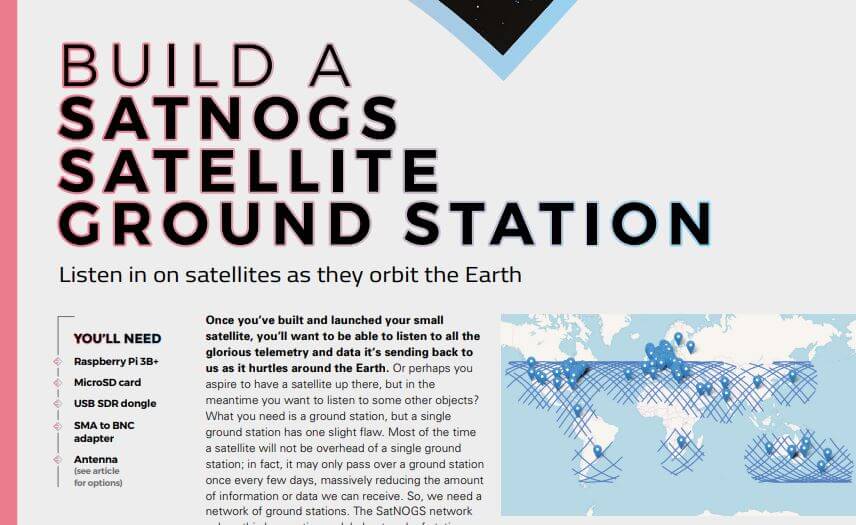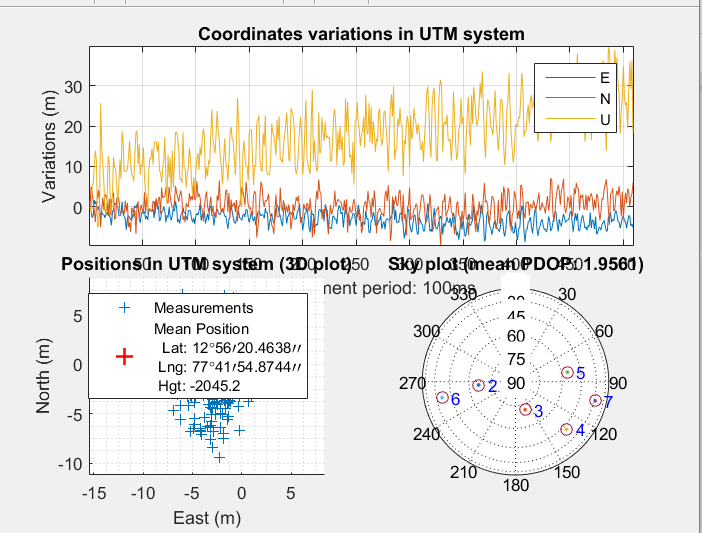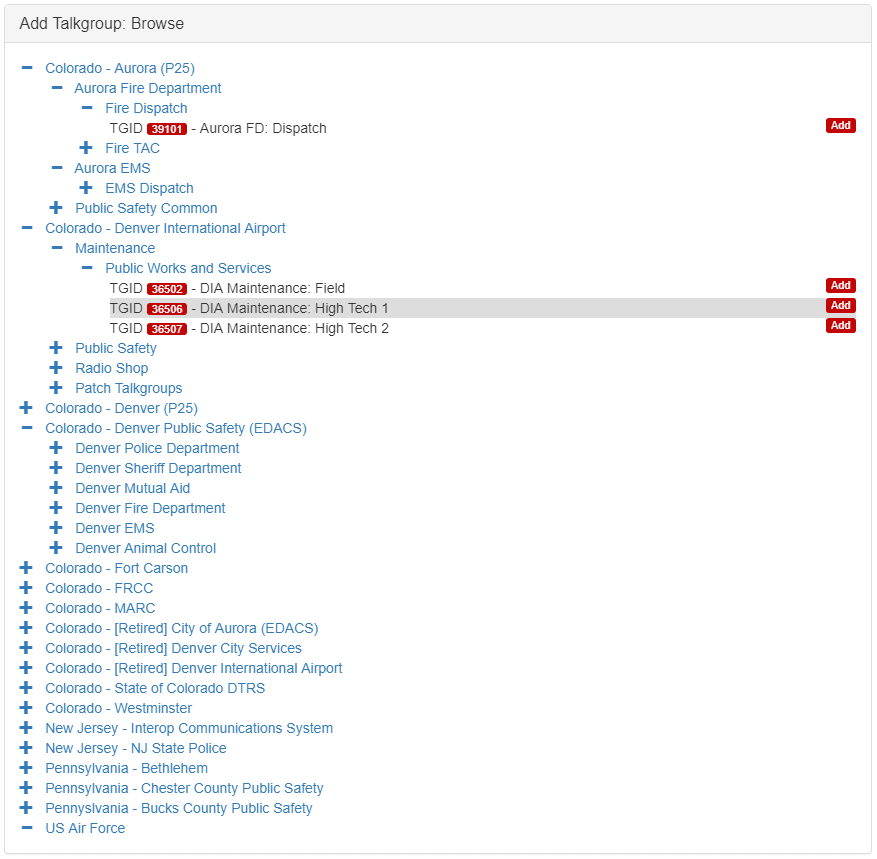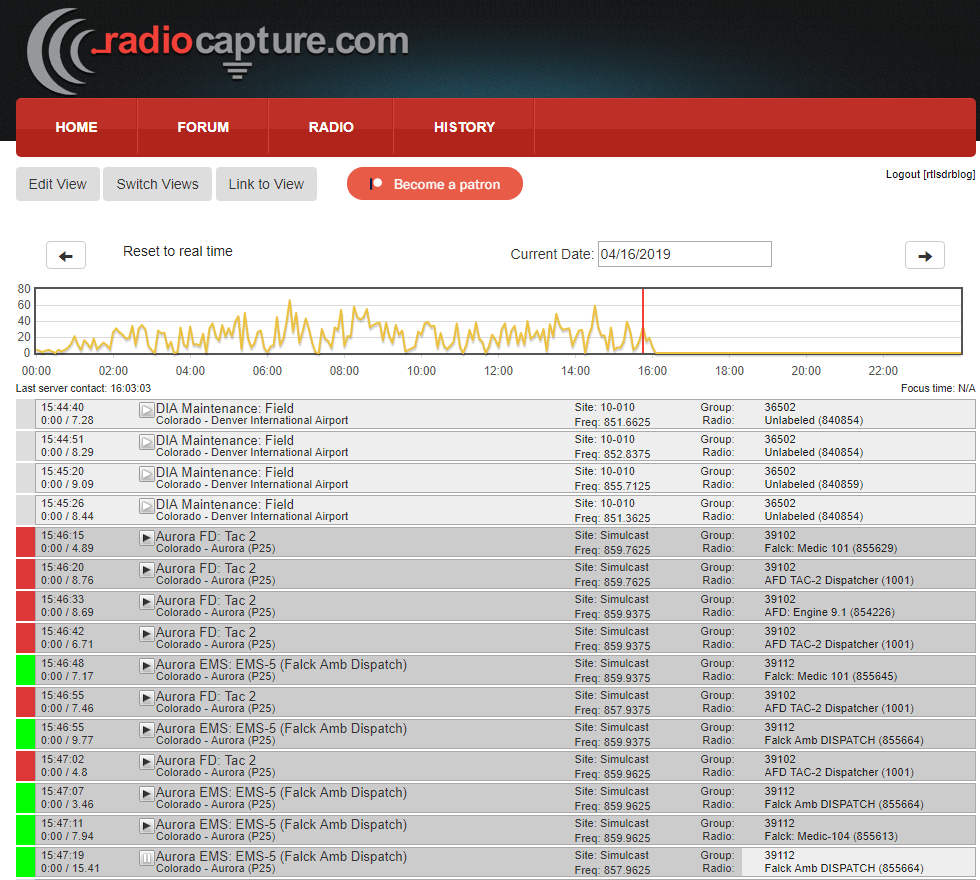Weather Satellite Images from Geostationary COMS-1 Received

COMS-1 is a geostationary weather satellited operated by the Korean Meteorological Agency (KMA) which was launched back in 2010. It is similar to NOAA GOES satellites as it is also geostationary orbit (@128.2°E - footprint covers all of Asia + AUS/NZ), and so is far away enough to image the entire disk of the Earth at once. Unfortunately, unlike the GOES satellites which have in the past few years become relatively easy for hobbyists to decode, the COMS-1 LRIT and HRIT downlink data is encrypted by KMA. KMA only appear to provide decryption keys to governments, research institutes and large organizations upon request.
However, recently Australian @sam210723 was able to successfully create code to decrypt the key message file and obtain the images. From a previous Twitter post of his, it appears that the encryption keys from the KMA example code are actually valid and can be used without needing to apply for a key.
Sam notes that he'll soon release a full blog post on his results, but for now he has an older post from last year that explains a bit about the satellite and decryption of the LRIT Key. His code is available on GitHub, and in a recent Twitter post he shows some example images that he's been able to receive using an Airspy SDR.
@airspy_com Mini/R2@gnuradio demodulator@OpenSatProject decoder/FEC@pnoordhuis goesrecv support soon@gm8arv GeoSatSignal false colourhttps://t.co/VfoKtRuWFR@eswnl @Rasiel_J @rtlsdrblog
— Sam (@sam210723) April 26, 2019




